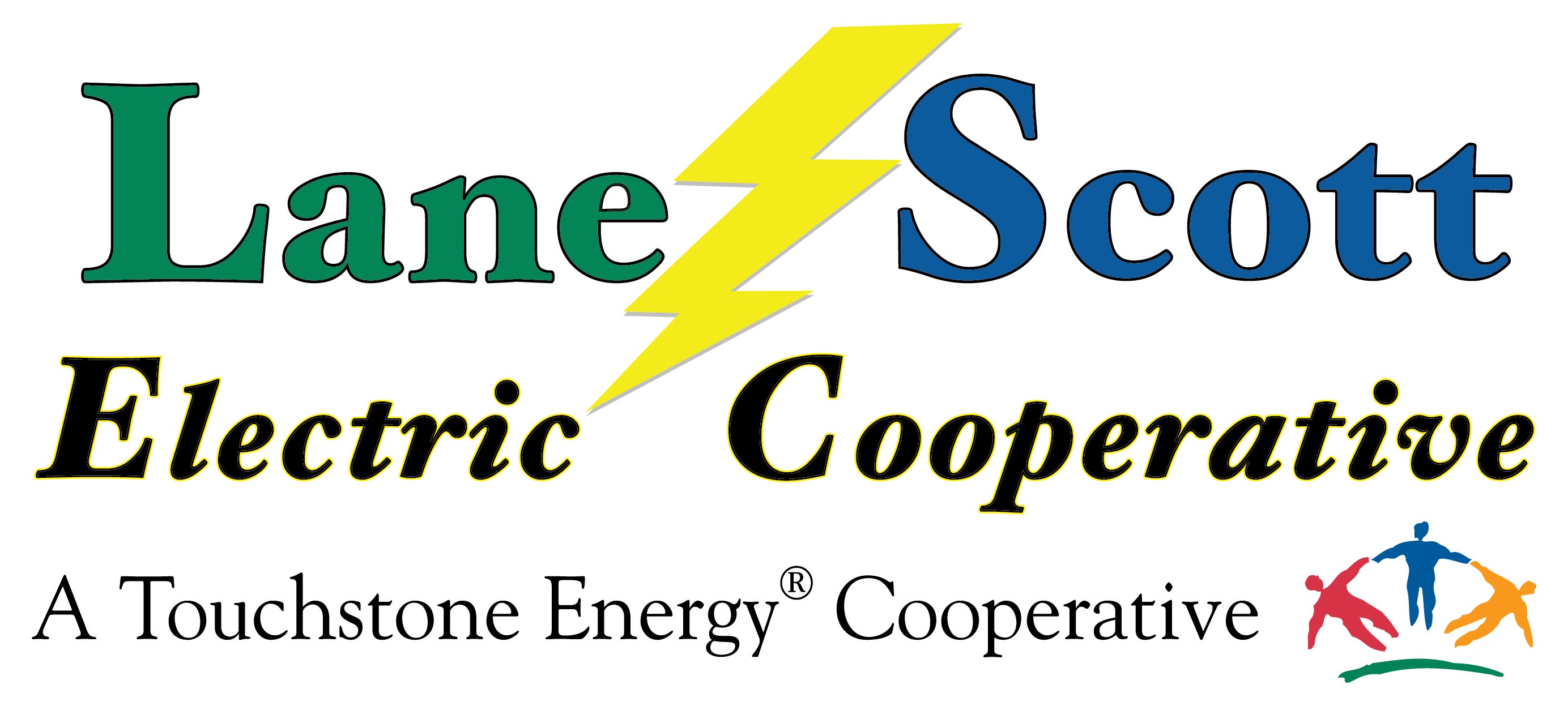LED: A Rising Star in Energy Savings
Many of us might recall that back in 2007, the U.S. Department of Energy (DOE) passed the Energy and Independence Act. Well, actually, you probably don’t remember that at all. What you probably remember is watching the news a few years later and realizing the future of incandescent lightbulbs was quite dim.
While this legislation included a wide range of recommendations for the energy industry, the main and probably most memorable requirement was that new lightbulbs use 25% less energy. As a result, there was a huge push between 2012 and 2014 to replace older incandescent lightbulbs with newer, more energy-efficient versions.
Oftentimes, regulations come and go without much fanfare. However, when incandescent lightbulbs were phased out, it directly impacted lightbulb choices and left many of us wondering what all the fuss was about.
Traditional incandescent bulbs produce light by heating a wire filament to a temperature that results in the generation of light. Incandescent bulbs were popular because they were inexpensive and available in a wide range of colors. However, much of their energy went into heat production and very little toward emitting light.
Incandescent lightbulbs also have a very short lifespan, lasting only about one year on average. Although they are no longer available in U.S. stores, the energy costs associated with the once-popular bulb, along with its stunted lifespan, far outweigh the initial savings at the cash register. Since incandescent bulbs produce a lot of heat, they may cause burn injuries and pose a fire risk.
Nowadays, the three most popular lightbulbs are the light-emitting diode (LED), the halogen incandescent and the compact fluorescent light (CFL). According to the National Electrical Manufacturers Association, in the third quarter of 2018, lightbulb orders were broken down as follows:
- LEDs accounted for 65%
- Halogens made up 28%
- CFLs made up the last 7%.
What makes LEDs different? LED lightbulbs work when an electrical current passes through a microchip, which illuminates the tiny light sources we call LEDs, and the result is visible light. LED lightbulbs produce light up to 90% more efficiently than traditional incandescent lightbulbs. They also include features that keep the bulb cooler to the touch, which avoids potential injuries and fire risks.
LEDs are also safer than their closest competitors, CFL and halogen bulbs. CFLs contain a small amount of mercury, which is dangerous if ingested. In addition, this type of bulb should not be thrown in the trash. Halogen bulbs operate at very high temperatures, which means they can cause burns to the skin if touched. They can also, in some cases, cause a fire when they are knocked over or come in contact with something flammable, for example.
Moreover, many LEDs are rated with a lifespan of 50,000 hours. That means if one is used 8 hours a day, it is projected to last 17 years! Residential LEDs, especially those that are designated with the Energy Star logo, use at least 75% less energy and last 25 times longer than incandescent lighting, according to the DOE.
In comparison, halogen lightbulbs last about a year and CFL bulbs about three years (both based on 8-hour-a-day usage).
LEDs help the environment while reducing energy costs. According to the DOE, their widespread use is on track to save the equivalent annual electrical output of 44 large electric power plants, with a total savings of more than $30 billion by the year 2027!
Saving has never been easier! You can purchase a variety of light bulbs, including LED’s at Lane-Scott Electric’s Electric & HVAC Supply Store. Take advantage of the End of Summer Savings in August and get discounted LED light bulbs and T8 lamps.
